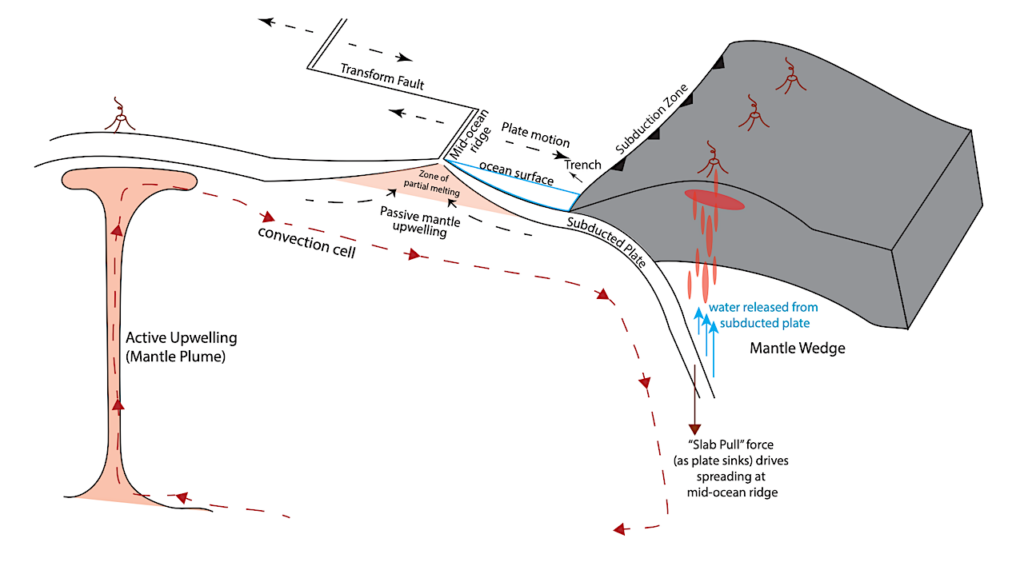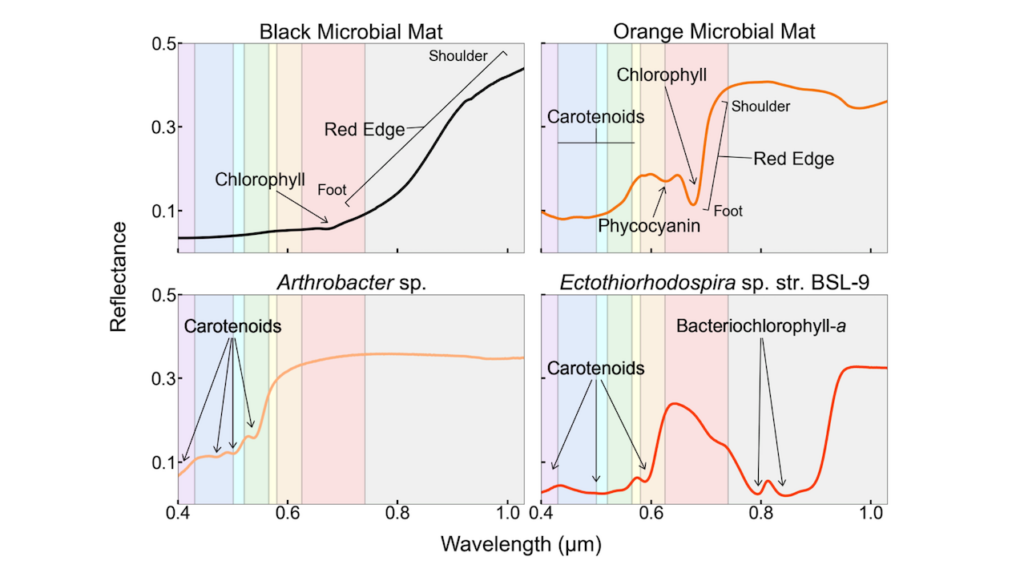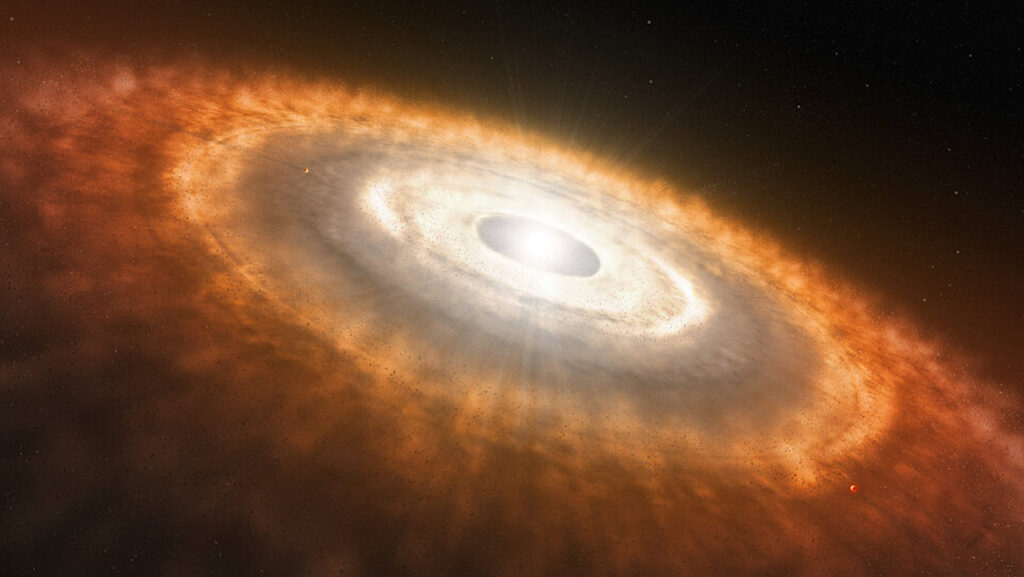Plausibility Of Capture Into High-Obliquity States For Exoplanets In The M Dwarf Habitable Zone

For temperate exoplanets orbiting M dwarf hosts, the proximity of the habitable zone to the star necessitates careful consideration of tidal effects.
Spin synchronization of the planetary orbital period and rotation period is a common assumption for habitable zone planets across the entire M spectral type. This predicted tidal locking has important implications for conditions on the surface. In this manuscript, we investigate the plausibility of capture into Cassini State 2 for a known sample of 280 multiplanet systems orbiting M dwarf hosts. This resonance of the spin precession and orbital precession frequencies is capable of exciting planets into stable nonzero rotational obliquities.
A large axial tilt resulting from this predicted resonance capture can preclude synchronous rotation, inducing some version of “day” and “night.” Considering each planetary pair and estimating the spin and orbital precession frequencies, we report that 75% of detected planets orbiting M dwarfs may be plausibly excited to a high obliquity over long timescales. This is consistent with similar findings for planets orbiting close-in to FGK dwarfs.
However, it is only for M dwarf planets that the parameter space relevant for capture into Cassini State 2 overlaps with the stellar habitable zone. This effect is strongest for host stars with effective temperatures Teff<3000 K, where more than half of planets with Teq<400 K could possess non-zero obliquity due to residence in Cassini State 2. This overlap renders the potential capture into Cassini States extremely relevant to understanding the galaxy’s most common temperate planets.
Comments: Submitted to ApJ; 13 pages, 8 figures
Subjects: Earth and Planetary Astrophysics (astro-ph.EP)
Cite as: arXiv:2310.02332 [astro-ph.EP] (or arXiv:2310.02332v1 [astro-ph.EP] for this version)
Submission history
From: Natalia Guerrero
[v1] Tue, 3 Oct 2023 18:07:58 UTC (778 KB)
https://arxiv.org/abs/2310.02332
Astrobiology








